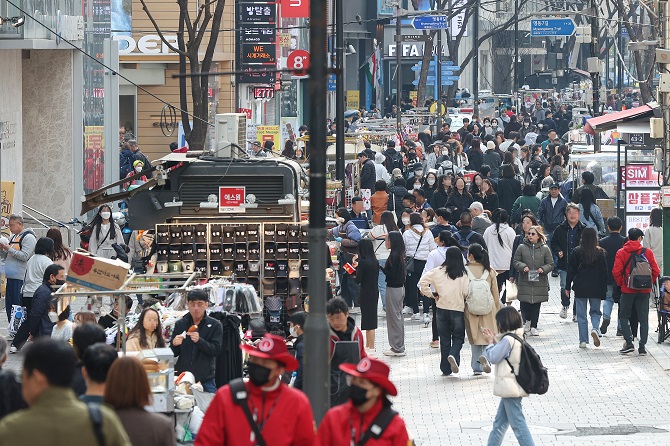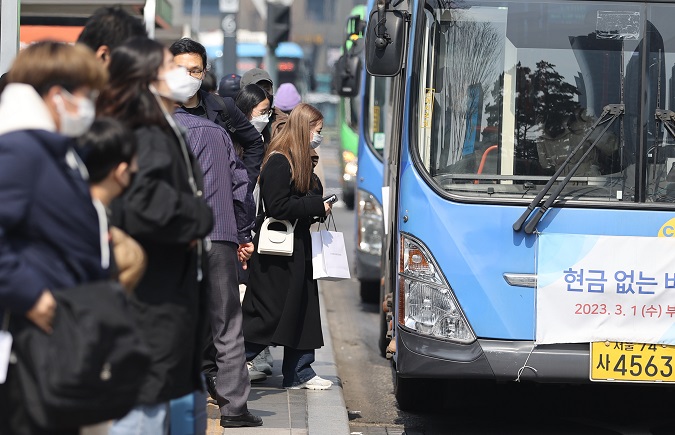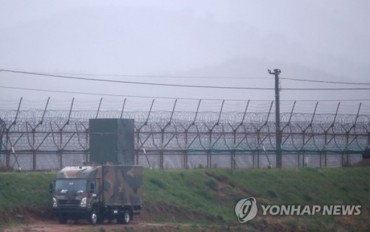
This photo, taken March 28, 2023, shows a vibrant Myeongdong district in central Seoul, a scene restored after a period of desolation due to the COVID-19 outbreak. (Yonhap)
SEOUL, March 29 (Korea Bizwire) — South Korea’s new COVID-19 cases stayed in the 13,000 range Wednesday, a similar level from a week ago, as the government unveiled plans to shorten the mandatory COVID-19 isolation period in efforts to restore pre-pandemic normalcy.
The country reported 13,134 new COVID-19 infections, including 15 cases from overseas, bringing the total caseload to 30,798,723, the Korea Disease Control and Prevention Agency (KDCA) said.
Wednesday’s figure is up from the previous day’s 12,129 cases, and held almost steady from the 13,076 reported seven days ago, reflecting a stable virus curve.
The country added 14 more COVID-19 deaths, raising the death toll to 34,245.
The number of critically ill patients came to 150, almost unchanged from the previous day’s 151.
In yet another step toward post-pandemic recovery, the government announced a road map to eventually redefine the COVID-19 disease as endemic, including a plan to cut the mandatory COVID-19 isolation period by early May.
The road map comes in three different stages, starting with a downgrade of the national crisis level, followed by the lowering of COVID-19′s disease classification level before treating the disease like the flu.
The crisis level will be lowered to an “alert” level from the current “serious” level, and the infection classification level will be adjusted to the lowest Class 4 from Class 2, Prime Minister Han Duck-woo said in a virus response meeting.
The seven-day mandatory isolation will be reduced to five days when the first-stage downgrade comes into effect and will completely be removed from the second stage.
The government will make a decision in early May on whether to lower the levels.
“If we go into the first stage around in early May, we need to monitor (the situation) for two to three months, so we expect (the second stage) to come around in July,” KDCA Commissioner Jee Young-mee said at a press briefing.
The downgrading will have to coincide with a declaration by the World Health Organization (WHO) on withdrawing COVID-19 from the Public Health Emergency of International Concern and the United States’ announcement on the end of its national emergency.
The WHO and U.S. are expected to make related announcements between late April and early May.
South Korea has removed most of the COVID-19 restrictions, except for the mask-wearing mandate in high-risk places like hospitals and pharmacies.
Last week, the mask mandate on public transportation was lifted, about two months after the removal of mask-wearing rules for most indoor spaces, in a major step toward the return to pre-pandemic normalcy.
(Yonhap)







